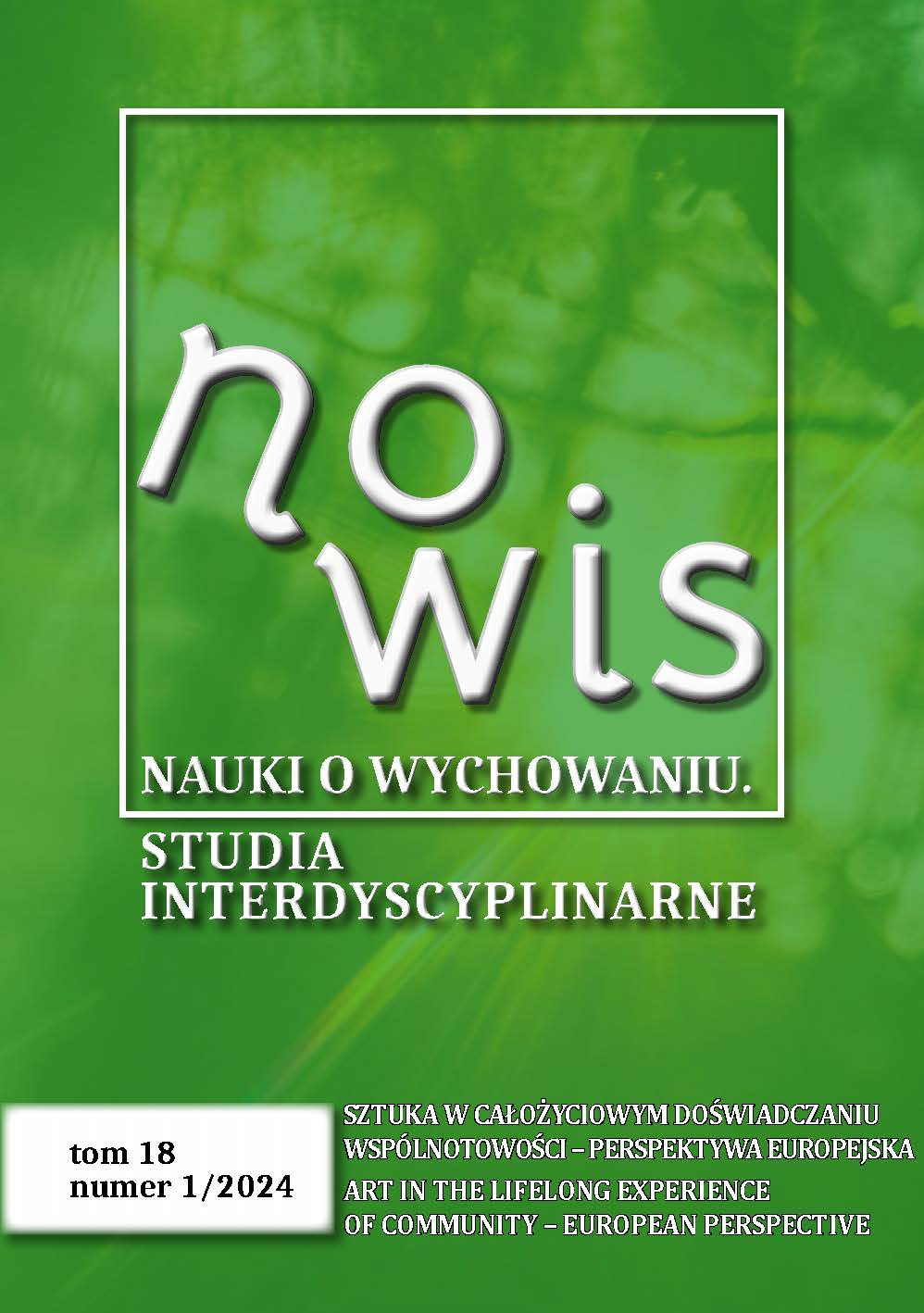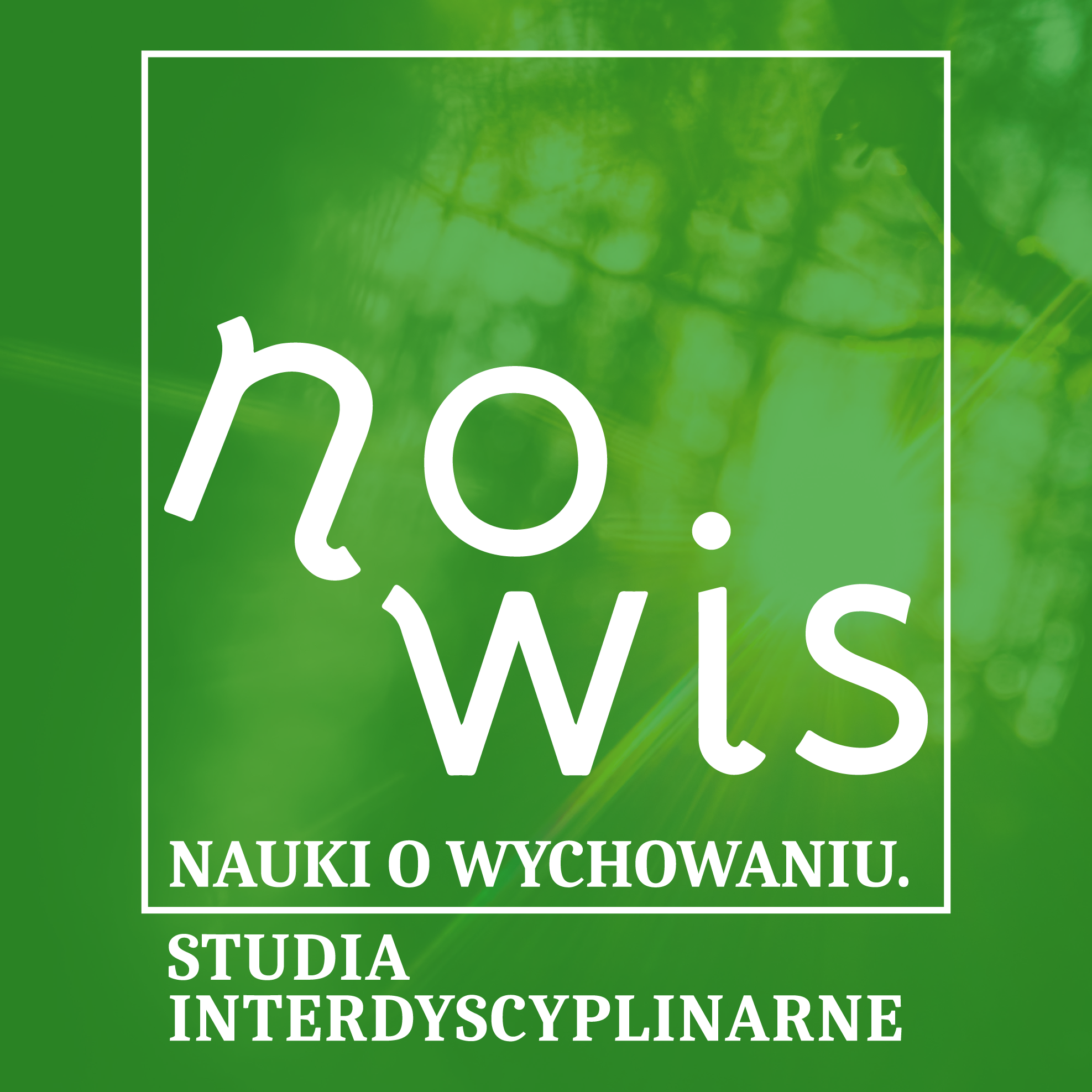Popular and Classical Music in Education. Coexistence or Competition?
DOI :
https://doi.org/10.18778/2450-4491.18.10Mots-clés :
music education, popular music, artistic musicRésumé
The article discusses the coexistence of popular and classical music in general music education. It touches on the problem of how to distinguish both areas of artistic activity and discusses attempts to define them presented so far. It emphasizes the integrative nature of the exploration of different domains, combining different ways of perception and expression in the context of educational activities.
Références
Adorno T. W. (1998) On Popular Music in: J. Storey (ed.) Cultural Theory and Popular Culture; A Reader, ed. 2, Athens (US-GA), The University of Georgia Press, pp. 197–209.
View in Google Scholar
Arday J., Mirza H. S. (eds.) (2018) Dismantling Race in Higher Education: Racism, Whiteness and Decolonising the Academy, London, Palgrave Macmillan.
View in Google Scholar
DOI: https://doi.org/10.1007/978-3-319-60261-5
Barron, B. (2006) Interest and Self-Sustained Learning as Catalysts of Development: A Learning Ecology Perspective, “Human Development”, no. 49, pp. 193–224, https://doi.org/10.1159/000094368
View in Google Scholar
DOI: https://doi.org/10.1159/000094368
Bradley D. (2011) In the Space Between the Rock and the Hard Place: State Teacher Certification Guidelines and Music Education for Social Justice, “The Journal of Aesthetic Education”, no. 45, vol. 4, pp. 79–96.
View in Google Scholar
DOI: https://doi.org/10.5406/jaesteduc.45.4.0079
Bull A. (2022) Equity in Music Education: Getting It Right: Why Classical Music’s “Pedagogy of Correction” Is a Barrier to Equity, “Music Educators Journal”, no. 108, vol. 3, pp. 65–66.
View in Google Scholar
DOI: https://doi.org/10.1177/00274321221085132
Burszta W. (2004) Różnorodność i tożsamość. Antropologia jako kulturowa refleksyjność, Poznań, Wydawnictwo Poznańskie.
View in Google Scholar
Burszta W. J., Tchorzewski A. de (eds.) (2002) Edukacja w czasach popkultury, Bydgoszcz, Wydawnictwo AB.
View in Google Scholar
Clercq T. de, Temperley D. (2011) A corpus analysis of rock harmony, “Popular Music”, no. 30, vol. 1, pp. 47–70, https://doi.org/10.1017/S026114301000067X
View in Google Scholar
DOI: https://doi.org/10.1017/S026114301000067X
Dillman Carpenter F. R., Potter R. F. (2007) Effects of Music on Physiological Arousal: Explorations into Tempo and Genre, “Media Psychology”, no. 10, pp. 339–363, https://doi.org/10.1080/15213260701533045
View in Google Scholar
DOI: https://doi.org/10.1080/15213260701533045
Fairchild C. (2008) The Medium and Materials of Popular Music: ‘Houd Dog’, Turntablism and Muzak as Situated Musical Practices, “Popular Music”, no. 27, vol. 1, pp. 99–116, https://doi.org/10.1017/S0261143008001499
View in Google Scholar
DOI: https://doi.org/10.1017/S0261143008001499
Fiske J. (1998) Understanding Popular Culture, London – New York, NY, Routledge.
View in Google Scholar
Freer P. K. (2011) Popular Music: Friend or Foe?, “Music Educators, Journal”, no. 96, vol. 3, pp. 28–29.
View in Google Scholar
DOI: https://doi.org/10.1177/0027432110394970
Główny Urząd Statystyczny (GUS) (2013) Dochody i warunki życia ludności Polski – raport z badania EU-SILC 2021, Warszawa.
View in Google Scholar
Grossberg L. (2002) Reflections of a Disappointed Popular Music Scholar in Rock Over the Edge: Transformations in Popular Music Cultures, R. Beebe, D. Fulbrook, B. Saunders (eds.), Durham, NC, Duke University Press, pp. 25–59.
View in Google Scholar
DOI: https://doi.org/10.2307/j.ctv11sn73x.4
Jackson, N. J. (2016) Exploring Learning Ecologies, Milton Keynes, Chalk Mountain.
View in Google Scholar
Jakubowski W. (2011) Edukacja w świecie kultury popularnej, Kraków, Oficyna Wydawnicza Impuls.
View in Google Scholar
Melosik Z. (2013) Kultura popularna i tożsamość młodzieży. W niewoli władzy i wolności, Kraków, Oficyna Wydawnicza Impuls.
View in Google Scholar
Nettl B. (1995) Heartland Excursions: Ethnomusicological Reflections on Schools of Music, Urbana–Chicago, Univerity of Illinois Press.
View in Google Scholar
Rozporządzenie Ministra Edukacji Narodowej z dnia 14 lutego 2017 r. w sprawie podstawy programowej wychowania przedszkolnego oraz podstawy programowej kształcenia ogólnego dla szkoły podstawowej, w tym dla uczniów z niepełnosprawnością intelektualną w stopniu umiarkowanym lub znacznym, kształcenia ogólnego dla branżowej szkoły i stopnia, kształcenia ogólnego dla szkoły specjalnej przysposabiającej do pracy oraz kształcenia ogólnego dla szkoły policealnej, Dz.U. 2017, poz. 356.
View in Google Scholar
Schäfer T., Sedlmeier P. (2009) From the functions of music to music preference, “Psychology of Music”, no. 37, vol. 3, pp. 279–300, https://doi.org/10.1177/0305735608097247
View in Google Scholar
DOI: https://doi.org/10.1177/0305735608097247
Sosnowski Leszek (2003) Sztuka a integracja – możliwości i konieczności, „Kultura Współczesna. Teoria, Interpretacje, Praktyka”, no. 1–2, pp. 42–48, https://www.iphils.uj.edu.pl/~ls/articles/integracja.pdf (access: 26.10.2023).
View in Google Scholar
Szuman S. (1969) O sztuce i wychowaniu estetycznym, Warszawa, Państwowe Zakłady Wydawnictw Szkolnych.
View in Google Scholar
Willis P. E. (1981) Learning to labor: how working class kids get working class jobs, New York, Columbia University Press.
View in Google Scholar
Young J. O. (2016) How Classical Music is Better than Popular Music, “Philosophy”, no. 91, vol. 4, pp. 523–540, https://doi.org/10.1017/S0031819116000334
View in Google Scholar
DOI: https://doi.org/10.1017/S0031819116000334
Cyfrowa Biblioteka Polskiej Piosenki, https://bibliotekapiosenki.pl/utwory/Wlazl_kotek_na_plotek and https://bibliotekapiosenki.pl/utwory/Stary_niedzwiedz_mocno_spi (access: 3.08.2023).
View in Google Scholar
Słownik języka polskiego PWN, dictionary entry: popularny, https://sjp.pwn.pl/ (access: 3.08.2023).
View in Google Scholar






 Le site web de la revue, hébergé par l'équipe éditoriale de NOWIS se trouve sur la plate-forme Index Copernicus:
Le site web de la revue, hébergé par l'équipe éditoriale de NOWIS se trouve sur la plate-forme Index Copernicus: 





